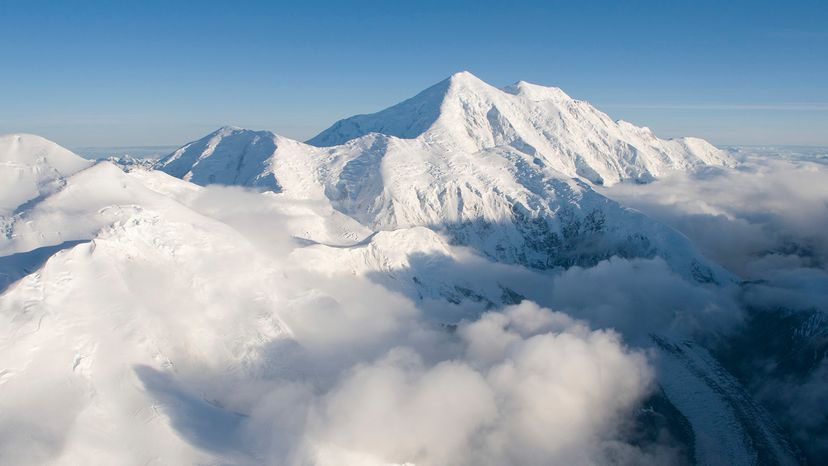
From the Arctic Circle to the warm climes of the southern border, the mountain ranges in the U.S. offer some of the most stunning, geologically diverse landscapes in North America.
These major mountain ranges have played pivotal roles in the continent’s formation, cultural history and ecological evolution.
Advertisement